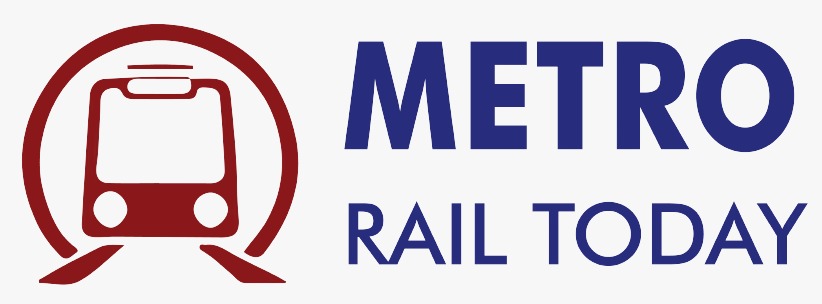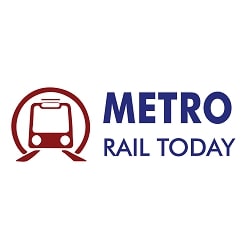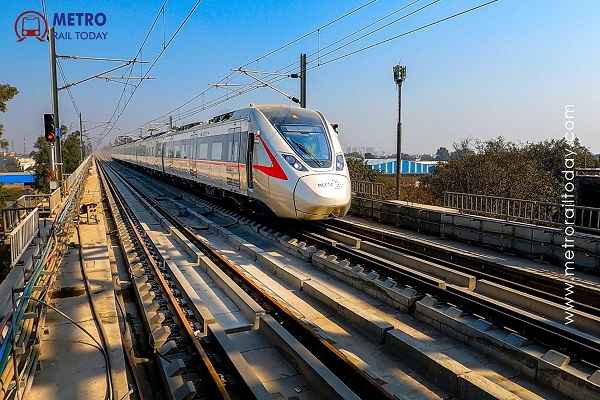 NCRTC Introduces Drone-Based OHE Monitoring on Delhi-Meerut Namo Bharat RRTS Corridor
NCRTC Introduces Drone-Based OHE Monitoring on Delhi-Meerut Namo Bharat RRTS Corridor Iraq approves contract for 90 km Najaf–Karbala Metro Rail Project
Iraq approves contract for 90 km Najaf–Karbala Metro Rail Project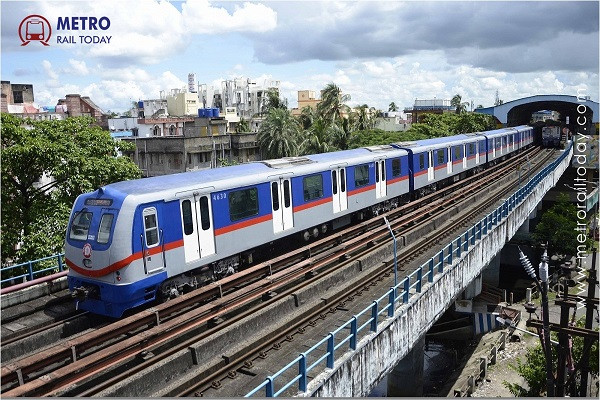 Subhransu Sekhar Mishra takes charge as new General Manager of Kolkata Metro Railway
Subhransu Sekhar Mishra takes charge as new General Manager of Kolkata Metro Railway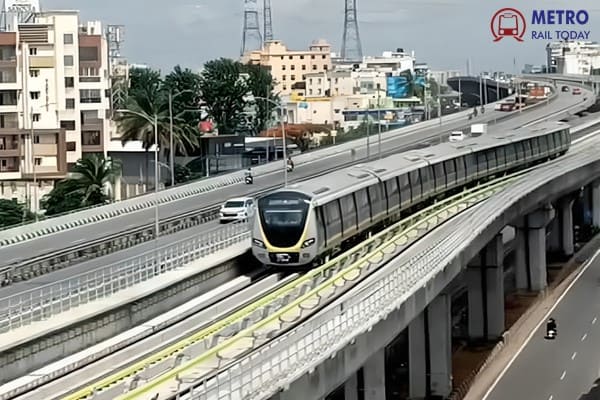 Hitachi Rail GTS India Wins ₹76 Crore AFC Contract for Bangalore Metro Phase 2A & 2B
Hitachi Rail GTS India Wins ₹76 Crore AFC Contract for Bangalore Metro Phase 2A & 2B L&T Technology Services Bags ₹70 Crore AFC Contract for Mumbai Metro Line 7A & 9
L&T Technology Services Bags ₹70 Crore AFC Contract for Mumbai Metro Line 7A & 9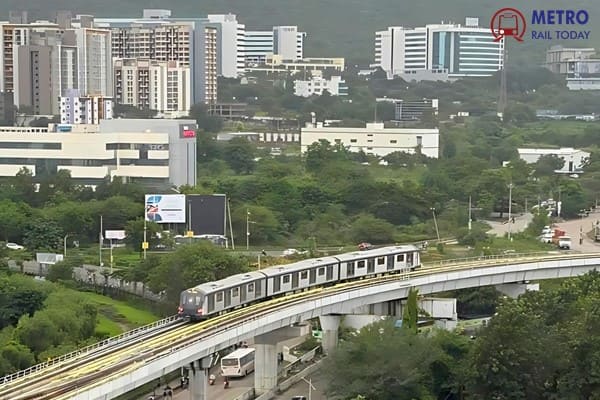 Larsen & Toubro Bags ₹4,788 Crore System Contract for Mumbai Metro Line 4 & 4A
Larsen & Toubro Bags ₹4,788 Crore System Contract for Mumbai Metro Line 4 & 4A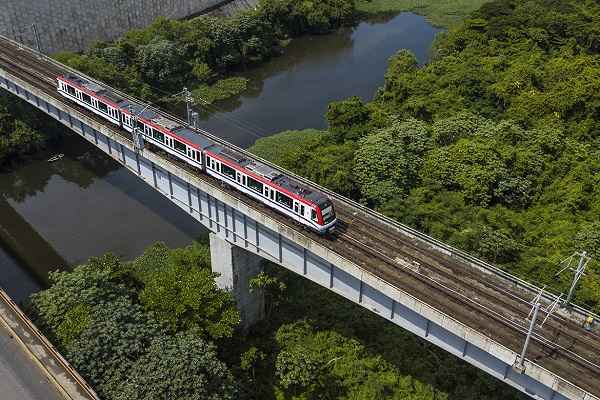 Poland unveils 29-km new metro rail plan for Krakow with 10-years deadline
Poland unveils 29-km new metro rail plan for Krakow with 10-years deadline BEML seeks Expression of Interests from Global Leaders for Indigenous TBM Manufacturing in India
BEML seeks Expression of Interests from Global Leaders for Indigenous TBM Manufacturing in India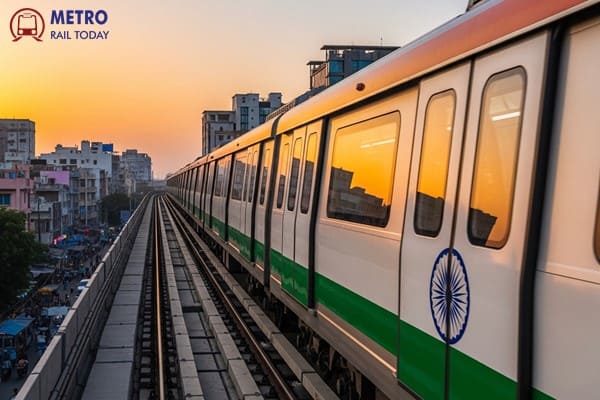 Lucknow Orbital Rail Corridor set to redefine Northern India's connectivity and Logistics Landscape
Lucknow Orbital Rail Corridor set to redefine Northern India's connectivity and Logistics Landscape Evelyn Palla appointed CEO of Deutsche Bahn AG, Becomes First Woman to lead the company
Evelyn Palla appointed CEO of Deutsche Bahn AG, Becomes First Woman to lead the company
Delhi Metro fares hiked after 6 years, Commuters reacts sharply to increased cost without comfort
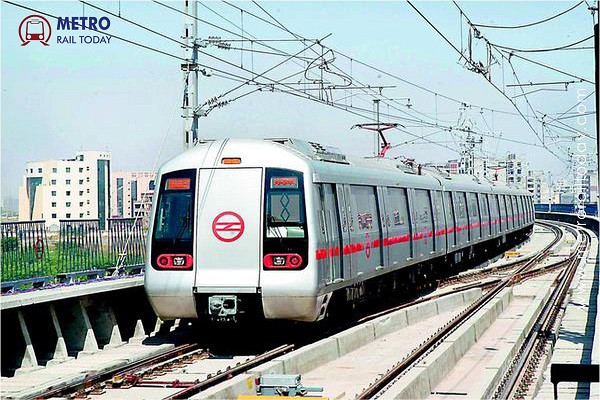
New Delhi, India (Metro Rail Today): In a move that has sparked widespread public debate, the Delhi Metro Rail Corporation (DMRC) has implemented a fare hike effective August 25, marking the first revision in metro ticket prices since 2017. While the hike was announced as part of efforts to manage rising operational costs, it has triggered strong reactions from commuters across the capital, particularly those grappling with overcrowding and lack of seating during peak hours.
The revised fares apply across all corridors of the Delhi Metro network, which spans over 390 km and serves more than 65 lakh passengers daily.
The Fare Structure: What’s Changed?
Under the new fare structure:
-
Short-distance trips (0–2 km) remain unchanged at ₹10
-
For distances above 2 km, the fares have increased between ₹5 and ₹10 depending on the slab
-
Maximum fare now stands at ₹70 for long-distance travel (previously ₹60)
-
Airport Express Line fares have also been adjusted, with minimum fares starting at ₹30 and going up to ₹80
DMRC has clarified that Smart Card users, who constitute over 70% of daily ridership, will continue to enjoy discounted fares of up to 10%.
A DMRC spokesperson stated,
“The fare hike was essential to maintain financial sustainability, meet escalating operational costs, and ensure long-term service reliability. Despite the revision, Delhi Metro remains one of the most affordable rapid transit systems globally.”
Public Outcry: ‘Why Pay More for No Seat?’
The fare revision has been met with a flood of complaints on social media, with many users questioning the rationale behind the hike when basic commuter comfort—like seating or less crowding—is still missing.
From overcrowded coaches to insufficient frequency during peak hours, users say they are being charged more without any visible improvement in the travel experience.
One commuter on X (formerly Twitter) posted, “Why should we pay ₹70 and still stand shoulder to shoulder in packed coaches? Fix the capacity first.”
Another user shared, “The trains are delayed, crowded, and now more expensive. We need service improvement before fare hikes.”
Reality Check: Cost vs. Comfort
While Delhi Metro is globally recognized for its punctuality and reach, challenges remain:
-
Severe overcrowding on key corridors (Yellow, Blue, and Pink Lines)
-
Inadequate frequency during rush hours
-
Limited last-mile connectivity despite feeder buses and e-rickshaw options
-
Poor accessibility in some outer zones and interchange hubs
DMRC has announced plans to procure new train sets, increase frequency, and improve station amenities, but timelines remain uncertain.
“Periodic fare revisions are inevitable to sustain a large network like Delhi Metro, but they must be matched with tangible service enhancements. The commuter deserves not just affordability but also dignity in travel. Addressing peak-hour overcrowding should be an immediate priority,” commented Mrs. Mamta Shah, MD & CEO of Urban Infra Group.
Looking Ahead: What DMRC Must Consider
With Delhi Metro expected to cross 7 million daily ridership by 2027, experts say the network needs urgent upgrades in rolling stock, station design, and service planning.
Simultaneously, public confidence hinges on:
-
Better communication from DMRC on where increased revenues will go
-
Faster rollout of planned service improvements
-
More transparent grievance redressal for commuter concerns
As the capital city continues to expand, sustainable, equitable urban transport remains non-negotiable. For Delhi Metro, balancing financial viability with commuter satisfaction will be its biggest test yet.
